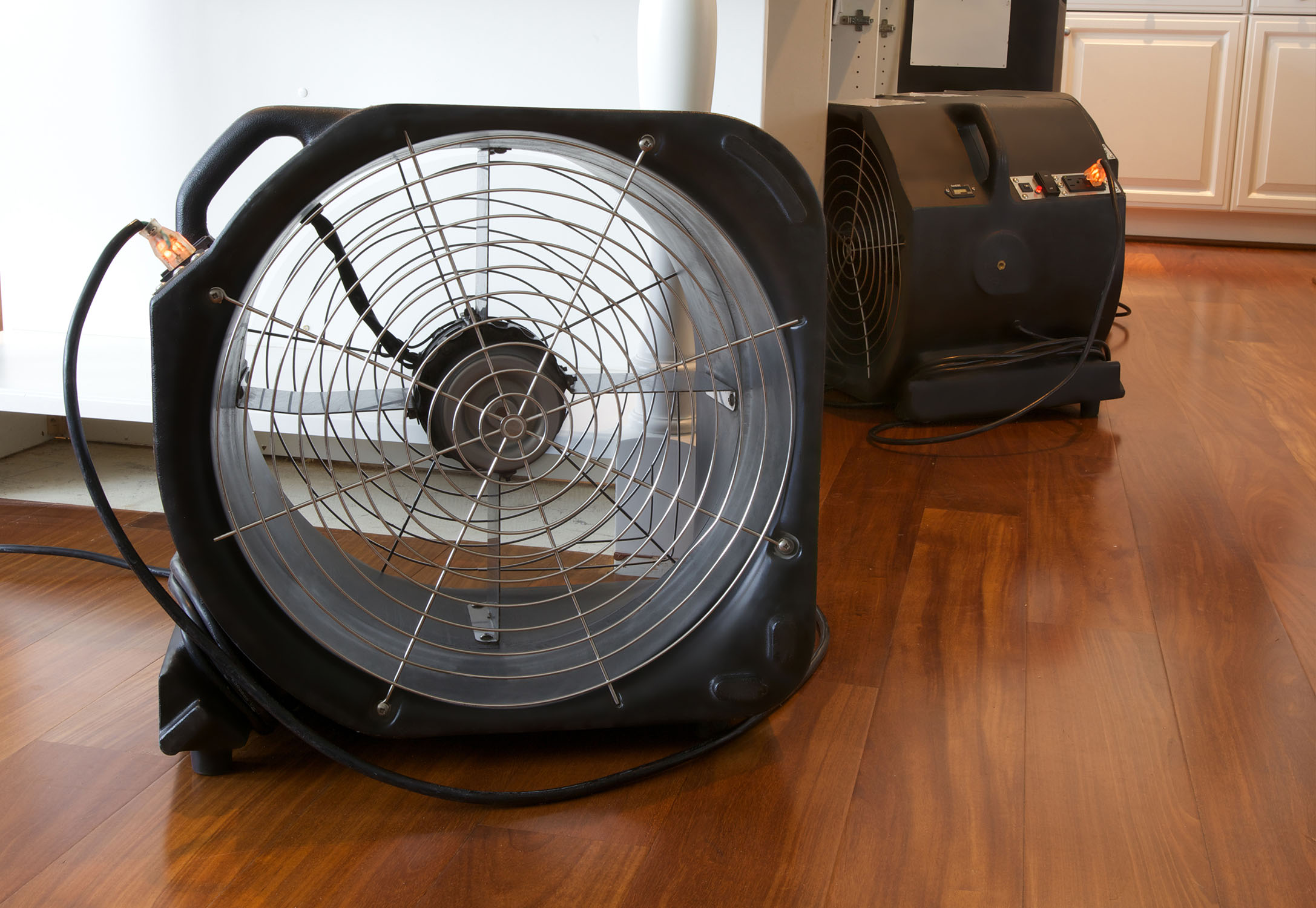
26 Aug Floating floors in Strata
Floating Floors
In a strata scheme, the building in question may accommodate a wide variety of people who give their unit those individual touches. Curtains get hung, plants are arranged, rugs are unrolled and favourite appliances get plugged in. A little renovating may also come into the equation. But who is responsible for any loss or damage that arises within this space? In this article, we put floating floors under the spotlight and utilise them to tackle the questions: What is considered to be a permanent, fixed part of the building? And what is covered under the strata insurance plan?
What is considered part of the building?
Some of the more obvious parts of the building in question will be those materials that are clearly part of the core structure, such as bricks, mortar, the steel frame, timber beams and so on. Other permanent parts of the structure – or fixtures – will be those things that have been made to adhere permanently so as to become part of the building’s structure. These might be nailed, glued, bolted or otherwise applied in such a way as to form a fixed part of the building. For example, large appliances that are hard-wired into the building’s electrical system would in most cases be considered to have become part of the building. Such items can either be in common areas of the building, or exist as part of a lot owner’s fixtures and improvements.
In contrast, items that are not considered to be part of the building are called fittings or in old legal terms, ‘chattels’. Going back to our home-making occupants described above, it is clear to see that all of those personal touches of plants, rugs, curtains and plug-in appliances are in no way permanently attached to the building. These are plainly fittings and not fixtures.
But what about some of the less obvious candidates for ‘fittings’ or ‘fixtures? Floating floors provide a classic example. As flooring styles have changed and floating floors have come back into vogue, a question that tends to arise more regularly in strata contexts is whether floating floors can be considered to be fixed to the building, or alternatively are more accurately seen as removable fittings, in much the same way as rugs. How this is answered of course becomes crucial to the issue of the claim coverage available to product holders under a strata insurance plan.
The name provides some clues about the correct answer – ‘floating’ floors. If we think about the nature of these products, they tend to be laminated, veneered or similar type flooring not fastened to the sub-floor, but held in position by the product’s own weight. Such products can be installed with or without skirting at perimeter walls. One of the most appealing aspects to these decorating products, is the fact that they can be laid, clicked or placed relatively quickly. Sometimes floating floors will come with underlay, which also rests upon the sub-flooring. Certainly, quite substantial wooden or other skirting is often added for aesthetic purposes at the point where the flooring approaches the wall – but this generally does not serve to make the floating floor a permanent part of the building’s structure.
For these reasons, it is important to understand that floating floors tend to be fittings, rather than permanent fixtures of the building. In a contrasting example solid timber flooring that is bolted to the sub floor will almost always be considered a permanent fixture of a building. Certain permanently-attached renovations might also be considered to be fixtures.
What is covered under the strata insurance plan?
Under the strata insurance plan, the insured property is the building identified by title in the plan. As discussed above, the term “building” includes all permanent fixtures, and this will also extend to lot owners’ structural improvements that fall into that category. You will be insured up to the sum insured against accidental loss and damage to any such fixtures and/ or improvements. As examples, a hard-wired industrial washing machine in the community laundry, the building’s new iron roof and structural work such as re-built entry stairs, will generally all be covered.
What are not covered under the strata insurance plan however are fittings, such as floating floors, carpet, curtains or small appliances without hardwiring. As noted above, due to the fact that they rest under their own weight and are not-attached, floating floors cannot accurately be described as forming part of the ‘building’ that is the subject of the strata insurance plan. They are generally not covered under the strata insurance plan.
Certainly, when items such as large areas of floating floor are seamlessly installed and covered in the usual furniture, rugs and so on of everyday life, it is undoubtedly easy to assume that they form a fixed part of the building. Yet their connection to the building actually remains one of non-attachment. Floating floors might well be flush with the structure, be of a high quality and be ‘seamlessly’ incorporated into the building’s interior. Yet they are strictly speaking removable fittings – and thus not ordinarily covered under the strata insurance plan.
Below are some examples to shed further light on the place of floating floors in the arena of strata title plans:
A lot owner’s unit experiences some accidental water-based damage. The owner approaches the body corporate to explain that he had no idea that the beautiful timber floors in the unit were in fact floating, and not fixed to the subfloor. Due to the water event, the floor now needs replacing and the owner is seeking to claim against the strata insurance plan. He argues that the flooring is a fixed part of the building. To strengthen his argument, he invites the committee to come and try to lift the good quality floor segments single-handedly, in order to show how heavy and thus permanent they are. It is established however that, despite both the lot owner’s lack of knowledge and the apparent ‘permanent’ nature of the floor, it is still correctly classifiable as a floating floor. Therefore it is probably not a permanent fixture of the building, and might not be covered under a strata insurance plan.
The floor of a busy passage within a strata scheme building is re-surfaced in a durable, laminated floating floor product. As part of installation, and to hopefully prevent slippage, the superintendent applies strong glue between the bottom of the flooring and the heavy rubber underlay. The passage and a few units are unfortunately damaged in an accidental fire. A claim is made against a strata insurance plan for loss and damage for various parts of the building, including the extensive expanse of passage flooring. It is argued that the application of glue, the extent of the coverage and the weight of the underlay were such that the floating floor could best be considered a fixed part of the building, and thus insured. The claim could still be rejected on the basis that the floating floor system as a whole is not a permanent part of the building, and thus not a fixture.
If you’re unsure about whether or not any particular item would be covered, feel free to contact us with your question. Please note that the cases described above are examples only, and actual coverage may vary in particular circumstances, as coverage differs between various insurers.
For more information
To find out more,contact us on [email protected] or call us on 1300 880 494.
Stay Informed – Connect with us on LinkedIn
Important Notice
This article provides information rather than financial product or other advice. The content of this article, including any information contained in it, has been prepared without taking into account your objectives, financial situation or needs. You should consider the appropriateness of the information, taking these matters into account, before you act on any information. In particular, you should review the product disclosure statement for any product that the information relates to it before acquiring the product.
Information is current as at the date the article is written as specified within it but is subject to change. CRM Brokers make no representation as to the accuracy or completeness of the information. Various third parties have contributed to the production of this content. All information is subject to copyright and may not be reproduced without the prior written consent of CRM Brokers.
Strata Insurance Insights: The Real Cost of Underinsurance
Simply put, underinsurance occurs when the sums insured are not sufficient to co...
11 April, 2024Strata Insurance Insights: Building Valuations
While securing appropriate insurance coverage is fundamental for strata property...
14 March, 2024The Alarming Rise of Business Email Compromise and the Vital Role of Cyber Insurance
In today’s rapidly evolving cyber threat landscape, cybercriminals are con...
27 February, 2024Navigating High-Risk Tenancies and Property Insurance
When it comes to insuring properties with commercial tenants, regardless of whet...
13 February, 2024





